
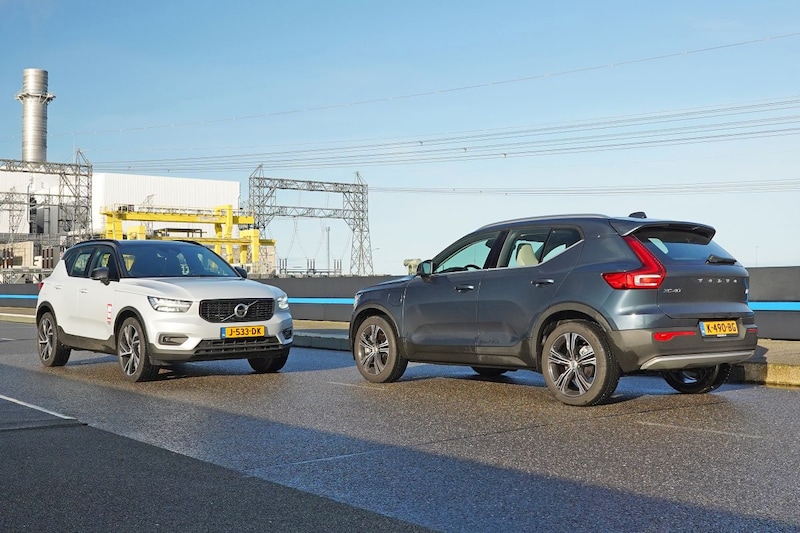
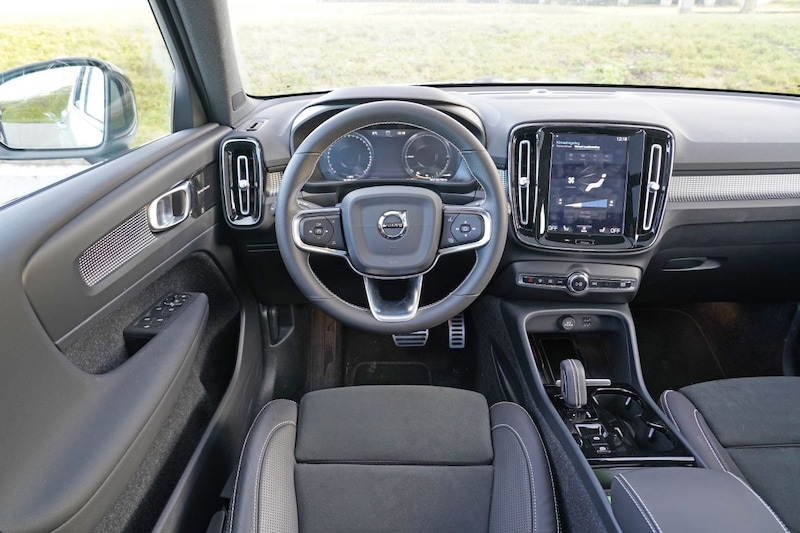
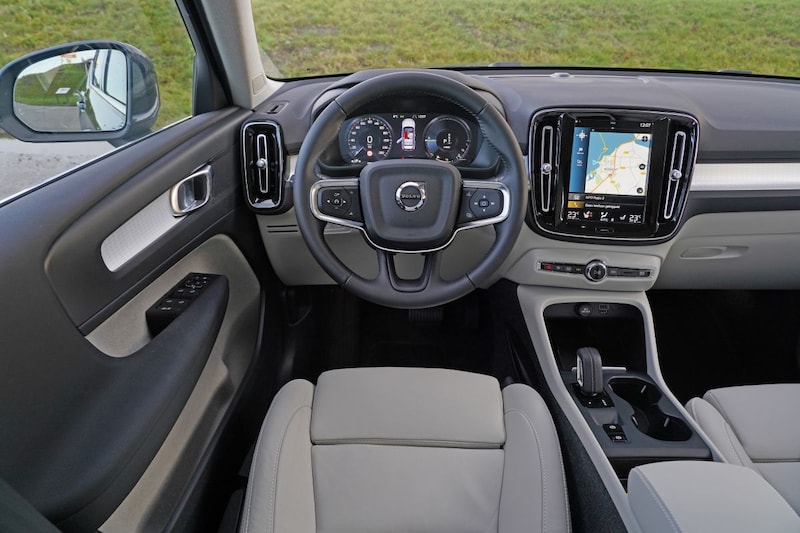
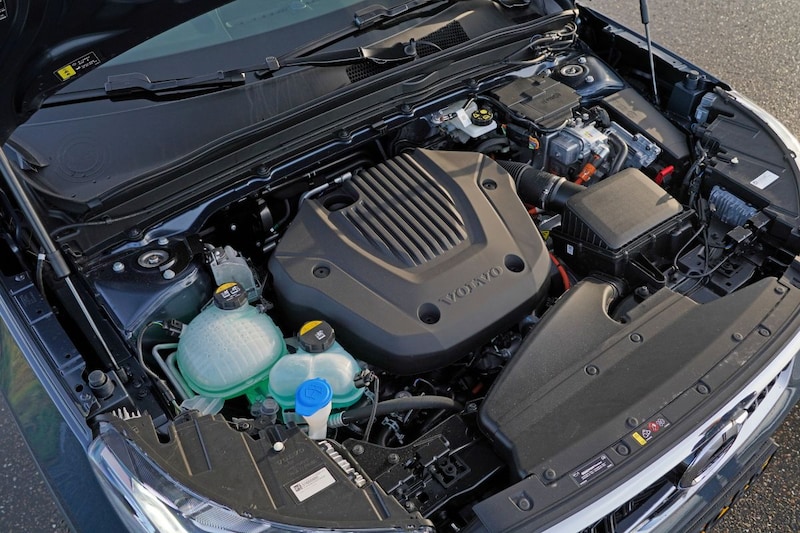
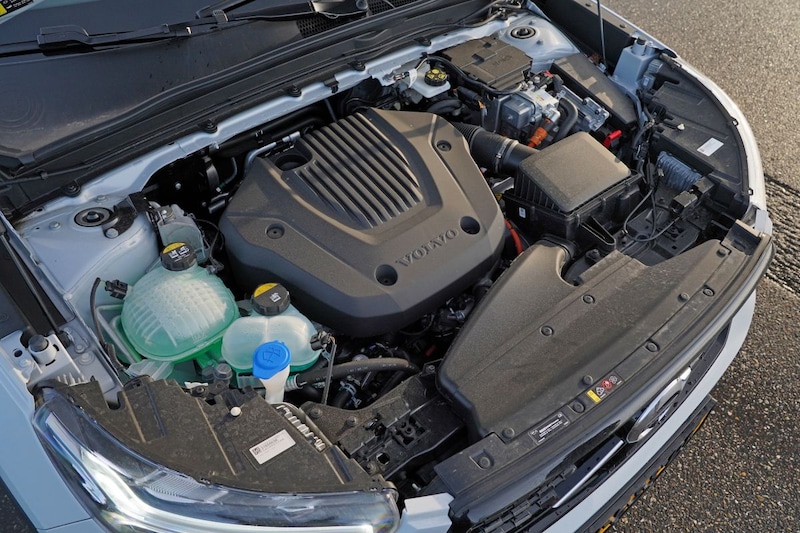
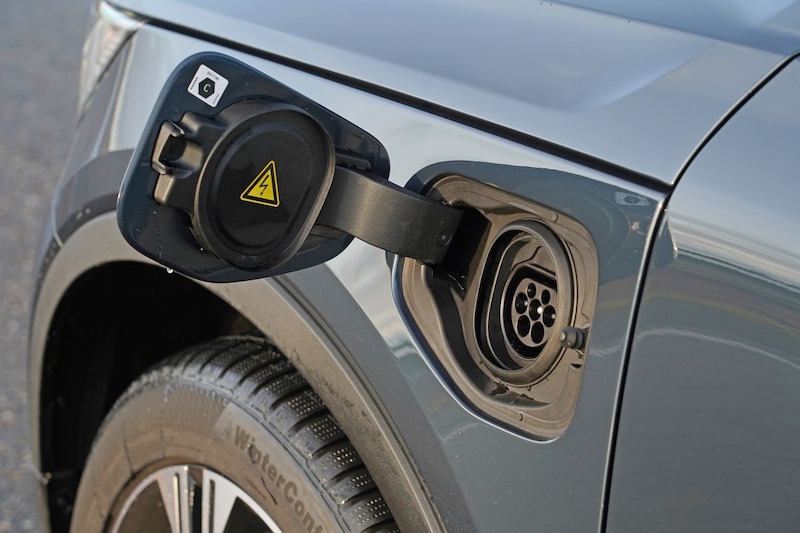
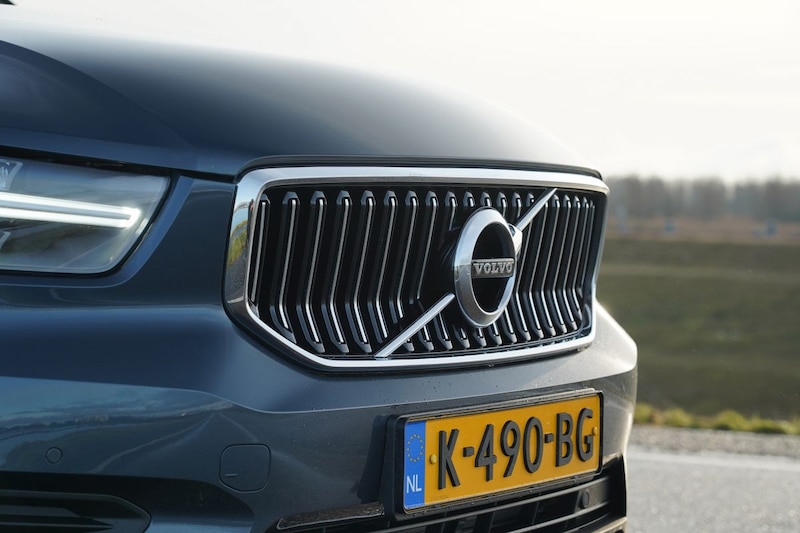
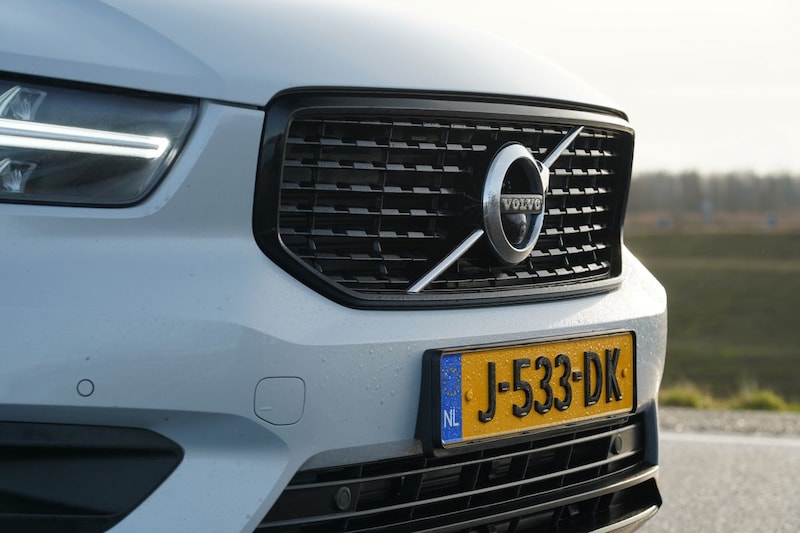
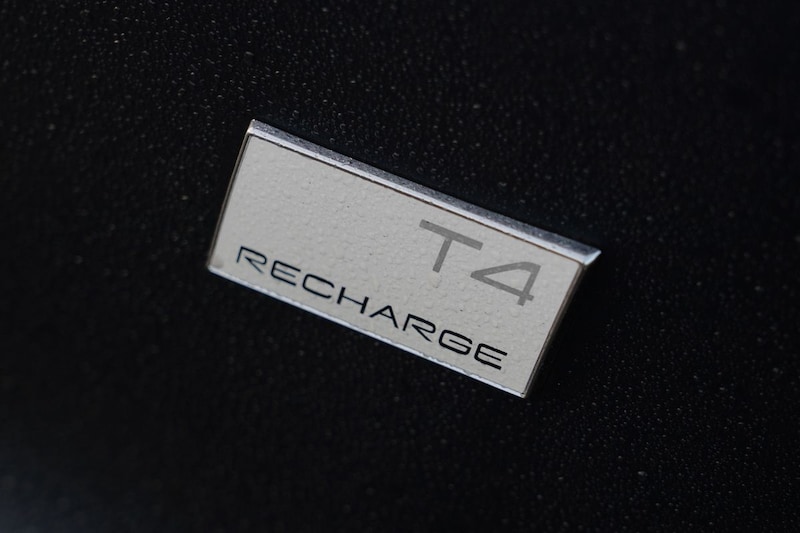
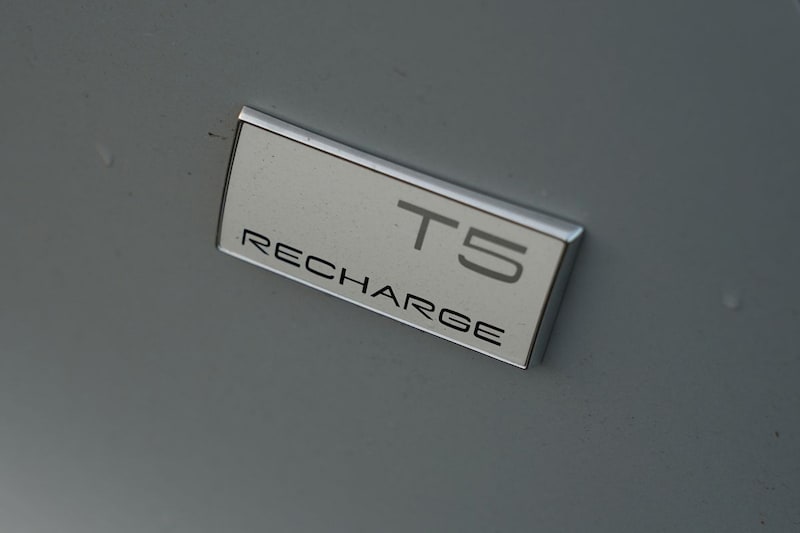
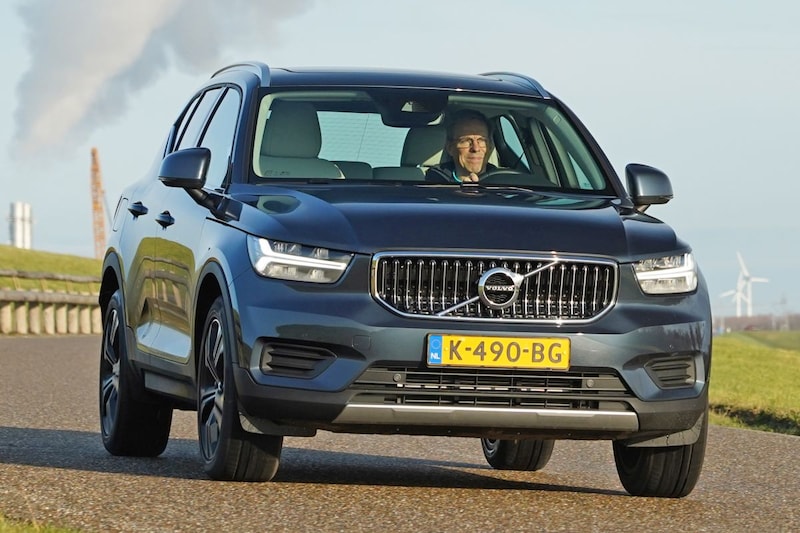
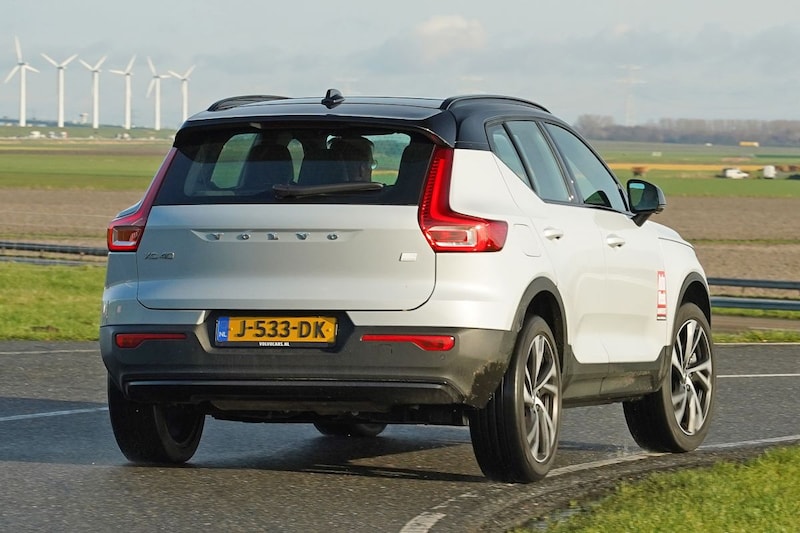
The plug-in hybrid Volvo’s XC40 Recharge T4 and Recharge T5 both use a three-cylinder turbo engine and the same electric power source. The difference is in the power of the 1.5 petrol engine. That three-cylinder produces 129 hp in the T4 and 180 hp in our endurance test T5. Which one should you have?
Even now that the initially supplied diesels have been scrapped in the Dutch price list, there is still a choice of drive variants for the Volvo XC40. The T2 and T3 are the starters with the 1.5 turbo three-cylinder. The T4 Recharge and the T5 Recharge are the plug-in hybrid versions, where the three-cylinder is coupled to an electric motor. There are also the B4 and B5. They have a 2.0-liter four-cylinder with turbo and are equipped with mild hybrid technology. The top of the range is the XC40 Recharge P8 with 408 electric horsepower.
The T4 Recharge, which performs in this test together with our endurance tester, takes it a bit easier, although a system power of 211 hp remains a value that will impress you at a birthday party that will hopefully be allowed again soon. That power comes from a 129 hp version of the three-cylinder, exactly the same as in the plug-less T2, and a 60 kW electric motor. With electric motors, some are blown away when you talk about horsepower, but it comes down to 82 horsepower. That will say more to the audience at the mentioned birthday party than when you talk about kilowatts. And from which keg does the T5 Recharge draw? Its electric motor is identical to that of the T4 Recharge, which means 60 kW and 160 Nm. However, the three-cylinder delivers 180 hp here and Volvo also mentions a system power of 262 hp. In purely electric mode, you have the same power and pulling power available in both plug-in Volvo cars as the driver of an electric Renault Twingo. The XC40 must then be in Pure mode and you have to be really careful with the accelerator pedal.
Naturally, the Volvo’s 10.7 kW battery pack must be charged. Do not pedal through the resistance of the right pedal, because then you activate the kickdown and the petrol engine always jumps on. In the city and on back roads, the XC40 comes neatly with the traffic on electric power. Inserting on the highway on the electric motor alone is a challenge, but inserting with policy and patience still won’t get the gasoline engine into action. If you left with a full battery, the display shows an optimistic 40 kilometers even in the cold week that we drove them side by side. We got into the T5 Recharge with quite a stretch of highway 34 miles away. At the T4 Recharge that was 32 kilometers, which is neat considering the winter shoes of that test car.
As with every test with plug-in hybrids, we split the consumption into an electrical part and a measurement in which the energy comes from the tank and where we do not plug in and the car functions as a normal hybrid. With its 129 hp, the T4 Recharge was a lot more economical with petrol than its 180 hp strong brother. That came 12.2 kilometers on a liter, the T4 Recharge achieved more than one kilometer more.
Like mad
The above difference will diminish as soon as a lot of power is often required. When driving through another country, where 130 km / h or faster is allowed, or when the cars have to work in a mountainous environment, the 180 hp version of the 1.5 three-cylinder will have it a little easier, if only because it also delivers 265 Nm instead of 245 Nm. The system power of the endurance tester is a mighty 262 hp and the total torque is 425 Nm. If you choose the driving mode that delivers maximum performance, the T5 Recharge will certainly be off the starting blocks like a madman. It therefore works with a full battery pack like a hybrid and does not travel large parts electrically. There is a decent portion of extra poison compared to the T4 Recharge, which feels smooth, but not fast. The effect of the technology feels the same in both cars. A seven-speed dual-clutch automatic transmission transfers the combined power to the front wheels.
With strong acceleration, at 95 km / h there is a kind of thought moment, where the powertrain seems to seriously doubt: go on full or just a breather? The differences in acceleration are clearly shown on paper. The T4 Recharge should accelerate from 0 to 100 in 8.5 seconds, the T5 Recharge in 7.3 seconds. We do not achieve both values, although the strongest plug-in is only just above what the factory promises and we clock well above that for the lightest plug-in. The fact that he needs a second longer than the 8.5 seconds according to the booklet is mainly due to the soft winter rubber. That almost collapses under the force explosion that is released at full acceleration in one go. During the brake measurement, we see a huge difference between the two test cars, but that long braking distance is also due to the winter rubber.
Comparable
Volvo gives the same consumption figure for both plug-ins: 1.8 liters per 100 kilometers, a value that is just as useful as the Swaziland timetable, as we explained earlier in a story about the consumption of a plug-in hybrid. In practice, the electrical ranges of both types are comparable. The most powerful consumes more gasoline. Depending on the equipment, the 71 hp more powerful T5 Recharge costs € 3,000 to € 3,500 more. The draw weight is the same; 1,750 kilos with braked trailer weight is a neat figure. There are comparable models from other brands that should not even have half behind it.